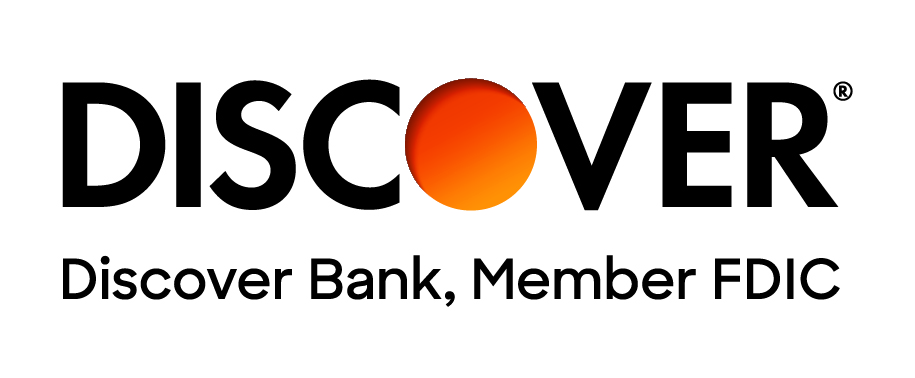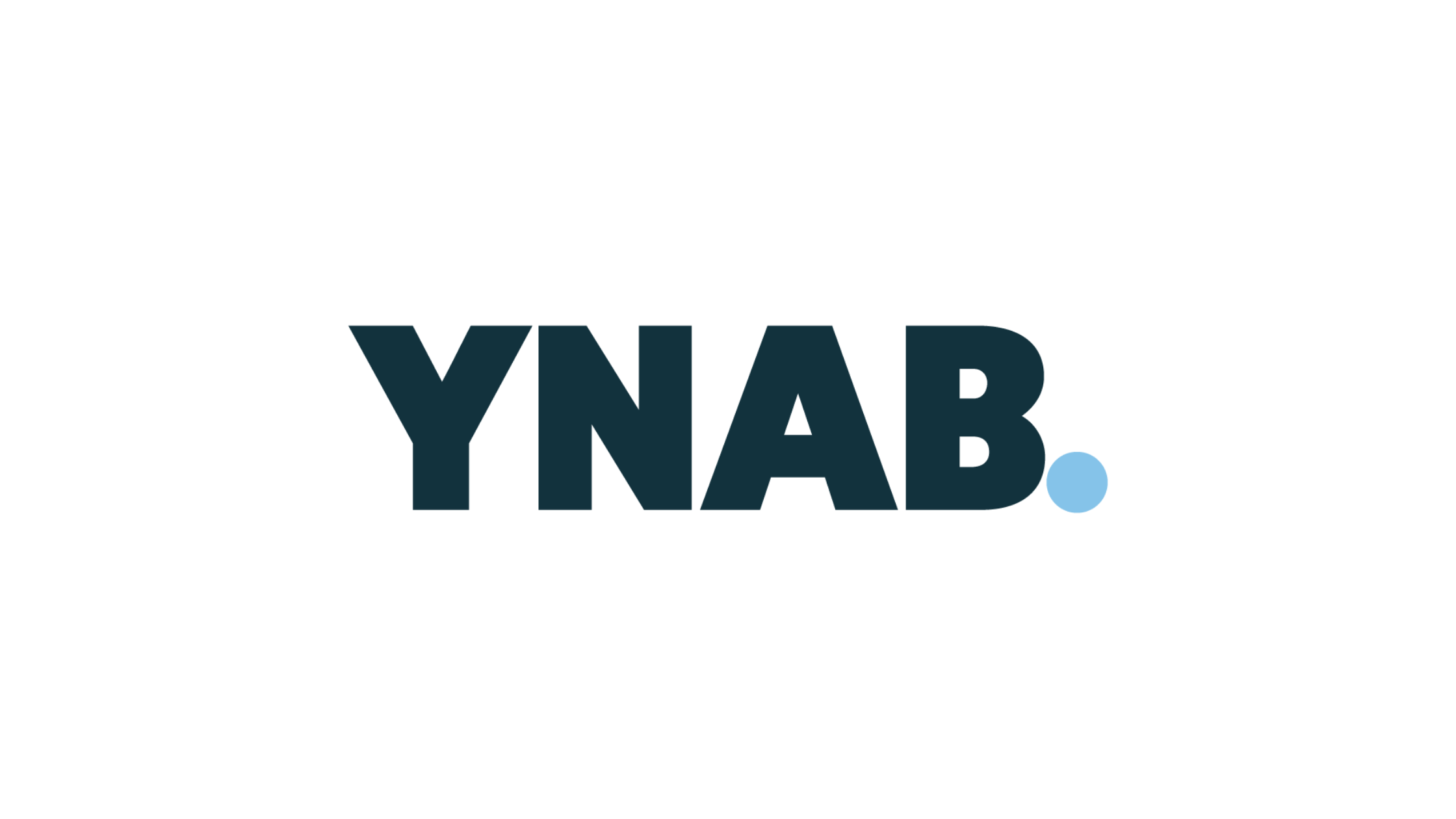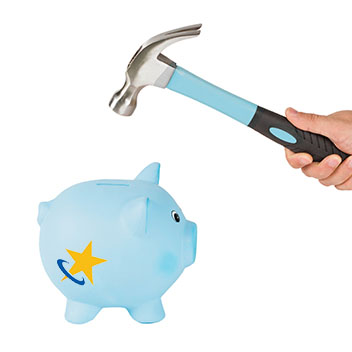When it comes to financial preparedness, it's all about being ready for unexpected events. Imagine if your family's car suddenly needed a big repair, or if there was a medical emergency. Having both an emergency fund and emergency cash can help you handle these situations with less stress.
An emergency fund is like a safety net for bigger financial surprises. It's a special savings account where you put money aside, bit by bit, until you have enough to cover a few months of living expenses. This fund is important because it gives you security and peace of mind, knowing you can manage larger emergencies without worry.
On the other hand, emergency cash is the money you keep on hand for immediate needs—like if the power goes out and your debit card won't work. It's usually a smaller amount that you can access quickly for urgent situations. Both the emergency fund and emergency cash have their roles, and having both means you are well-prepared for anything life throws your way.
What is an Emergency Fund?
An emergency fund is an essential part of your financial toolkit. Think of it as money you save up in a special account just for emergencies. This fund is there to help you cover big, unexpected costs without having to borrow money or use credit cards.
The purpose of an emergency fund is to give you financial stability and peace of mind. If something serious happens—like losing your job, facing a medical emergency, or dealing with major car repairs—your emergency fund is there to help. This way, you can focus on solving the problem rather than worrying about money.
Having an emergency fund means you can handle life's big challenges with less stress and more confidence. It's a smart move to start setting aside a little money each month into this fund so that you're ready when life throws you a curveball.
What is Emergency Cash?
You've probably heard about emergency funds, but emergency cash is something a little different. This is the money you keep handy, usually in a safe place at home, for immediate and small financial needs. Unlike an emergency fund, which covers bigger, unexpected expenses, emergency cash is for situations where you need money fast.
Think about times when you might suddenly need a bit of cash—like if your car breaks down and you need to take a taxi, or if you have a minor home repair, such as fixing a leaky faucet. Maybe there's a surprise family trip or you need to buy supplies in an emergency when stores only accept cash. Having emergency cash can make these situations a lot less stressful because you won’t need to worry about finding an ATM or using a credit card, especially if things like power or the internet are down. It’s all about being ready for those quick, urgent needs so you can handle them smoothly and with ease.
Differences Between an Emergency Fund and Emergency Cash
Understanding the differences between an emergency fund and emergency cash can be very helpful when you're planning your financial safety net. Think of liquidity as how easily you can access your money when you need it. Your emergency cash is highly liquid because it's physical money that you keep on hand, maybe in a safe spot at home. You can grab it immediately when there's an urgent need, like buying groceries if the power is out and you can't use your credit card.
An emergency fund, however, is usually stored in a savings account at a bank. This makes it a little less liquid than emergency cash because you can't just reach into your wallet and take it out. Instead, you might need to visit the bank or transfer the money to a checking account before using it. But this inconvenience protects you from spending it too easily and ensures the money is available for more significant emergency expenses.
So, how much should you keep in each? For emergency cash, anywhere from $100 to $200 should be enough for small, immediate expenses. Your emergency fund should be larger, typically enough to cover three to six months of living expenses. This amount gives you a cushion to deal with bigger financial surprises, like losing a job or facing high medical bills, without having to worry about making ends meet. By having both emergency cash and an emergency fund, you're well-prepared for the unexpected—handling small emergencies swiftly and bigger ones calmly.
How to Build an Emergency Fund
To get started with an emergency fund, follow these steps: First, figure out how much you want to save. A good rule of thumb is to aim for enough to cover three to six months of your living expenses. Next, open a dedicated savings account so you won't be tempted to spend the money. Then, set a monthly savings goal. Even starting small, like saving $20 a month, can build up over time. You can make saving easier by setting up automatic transfers from your checking account to your emergency savings account.
To maintain your fund, review your savings regularly to make sure you're on track. If you've had to dip into your fund, it's important to plan how to replenish it, so you're ready for the next big expense. Always reassess your budget to see if you can save a little more each month, especially after a raise or cutting some costs. By steadily growing and replenishing your emergency fund, you'll feel more confident and secure, knowing that you're ready for whatever comes your way.
How to Manage Emergency Cash
Emergency cash is different. It’s what you keep on hand for quick and small emergencies, like needing a few bucks for a taxi or small repair. You don’t need as much here—maybe around $100 to $200 is enough. This is money you can grab immediately when things like power outages or a quick trip to the store happen.
But where do you store this emergency cash? You want it somewhere safe but still easy to get to when needed. Think about a spot at home, like a locked drawer or a small safe. Just make sure you can access it quickly, but it’s protected from being lost or stolen.
Now that you’ve got a handle on both, make sure to regularly check on your savings goal. Are you set with enough emergency fund and cash? If not, it's time to start building it up! Little by little, you can stash away more until you feel secure and ready for any surprise life throws your way. Having both in place can really help you feel at ease and confident about your finances. So, go ahead, assess your situation, and take action to get better prepared today.








